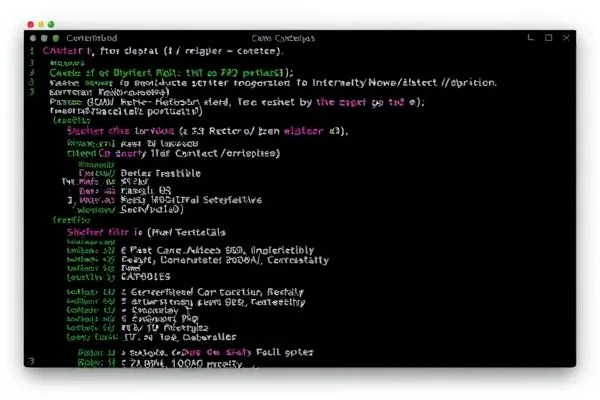The recent addition of five significant vulnerabilities to the Cybersecurity and Infrastructure Security Agency (CISA) Known Exploited Vulnerabilities (KEV) catalog highlights pressing security concerns surrounding Advantive VeraCore and Ivanti Endpoint Manager (EPM). This article delves into the nature of these vulnerabilities, their potential impact, and the necessary steps organizations should take to safeguard their systems.
Takeaways:
- Understanding the nature of newly identified vulnerabilities is crucial for averting cybersecurity risks.
- Prompt patching and remediation efforts can mitigate the risk posed by these flaws.
- Continuous monitoring and threat intelligence are essential in staying ahead of exploitation efforts.
Understanding the Vulnerabilities
CISA’s announcement included critical vulnerabilities categorized as actively exploited, underscoring their potential threat to organizations. Notably, the vulnerabilities include:
- CVE-2024-57968: An unrestricted file upload vulnerability in Advantive VeraCore, allowing remote unauthenticated attackers to upload files to unauthorized directories.
- CVE-2025-25181: An SQL injection flaw within Advantive VeraCore that permits remote attackers to execute arbitrary SQL queries.
- CVE-2024-13159: An absolute path traversal vulnerability in Ivanti EPM that enables unauthorized access and leakage of sensitive information.
- CVE-2024-13160: Similarly, another absolute path traversal flaw in Ivanti EPM with the same consequences.
- CVE-2024-13161: A third path traversal vulnerability in Ivanti EPM posing identical risks.
The alarming aspect of these vulnerabilities is their active exploitation in the wild. Reports indicate that the XE Group, a Vietnamese threat actor, has been implicated in using these vulnerabilities for nefarious purposes, including dropping web shells to maintain persistence on compromised systems.
The Urgency of Remediation
Organizations, particularly Federal Civilian Executive Branch (FCEB) agencies, must prioritize remediation of these vulnerabilities. CISA has set a deadline for the application of patches by March 31, 2025. Failure to act promptly could result in severe repercussions, including unauthorized access, data breaches, and significant operational disruptions.
Moreover, adjacent vulnerabilities, such as CVE-2024-4577 affecting PHP-CGI, have seen increased exploitation attempts, emphasizing the necessity for vigilance and proactive measures across various platforms. Continuous monitoring of threat intelligence feeds is critical. As highlighted by GreyNoise, a substantial percentage of the IPs targeting CVE-2024-4577 originated from countries like Germany and China, indicating coordinated exploitation tries.
The swift implementation of patches and enhanced security protocols can significantly reduce the risk associated with these vulnerabilities. Regular vulnerability assessments, employee training, and robust incident response plans will bolster an organization’s resilience against such threats.
Conclusion
The recent identification of vulnerabilities in Advantive VeraCore and Ivanti EPM necessitates immediate attention from organizations to secure their systems. By understanding the nature of these threats and implementing timely remediation strategies, businesses can significantly mitigate potential risks and stay ahead of adversaries in the cybersecurity arena.









